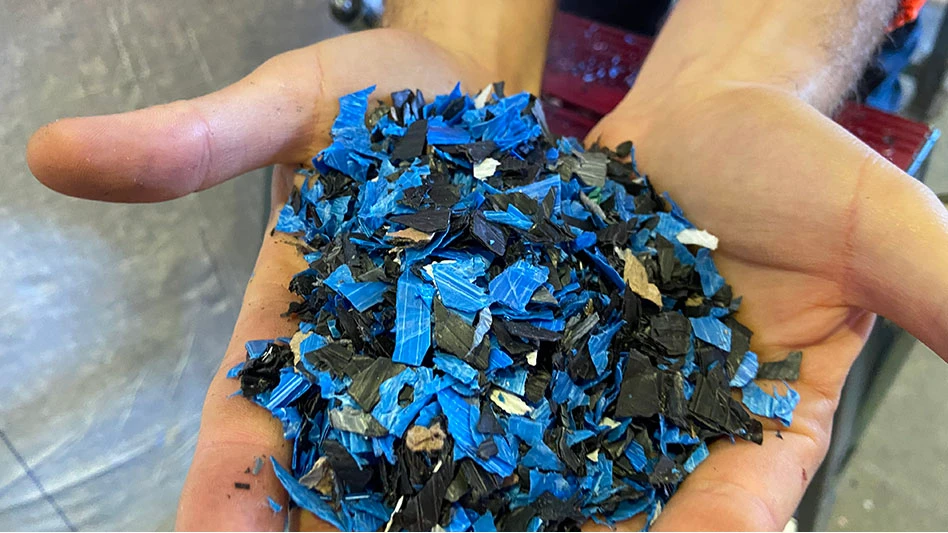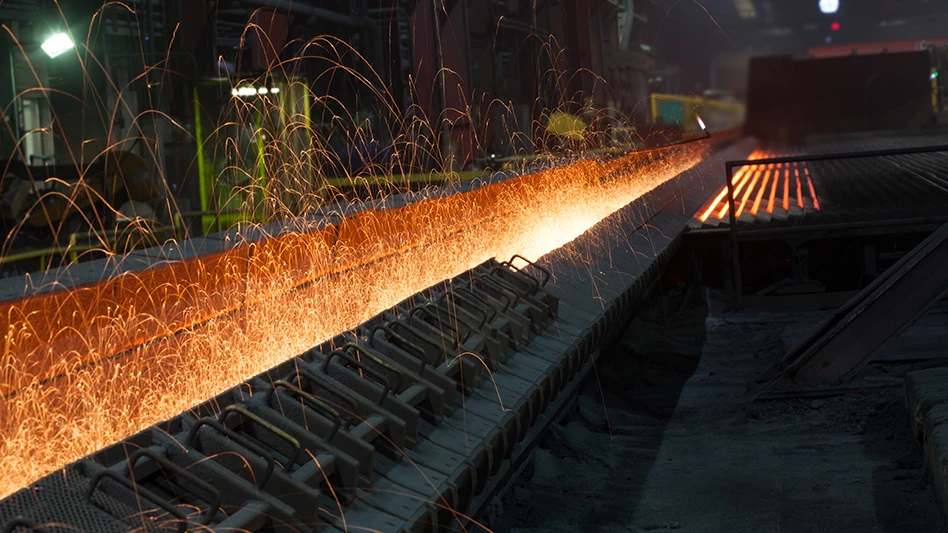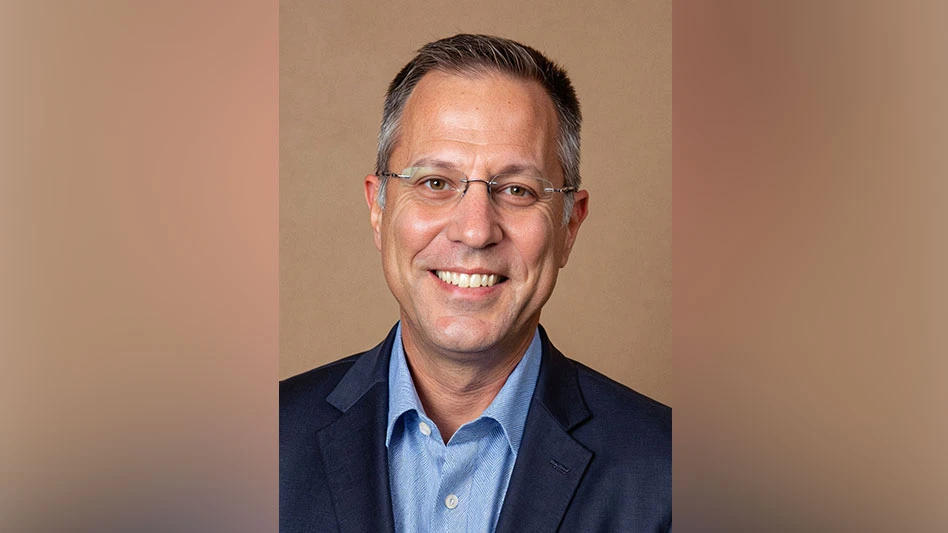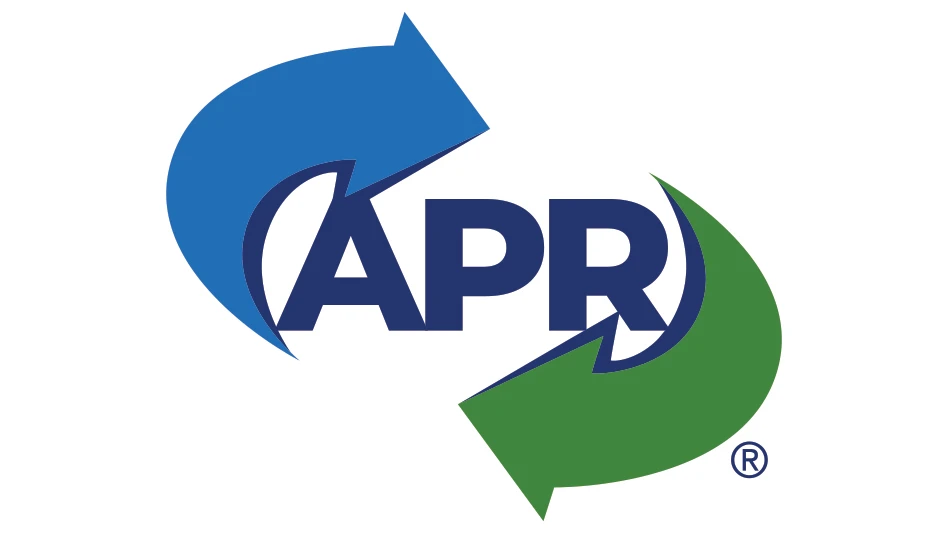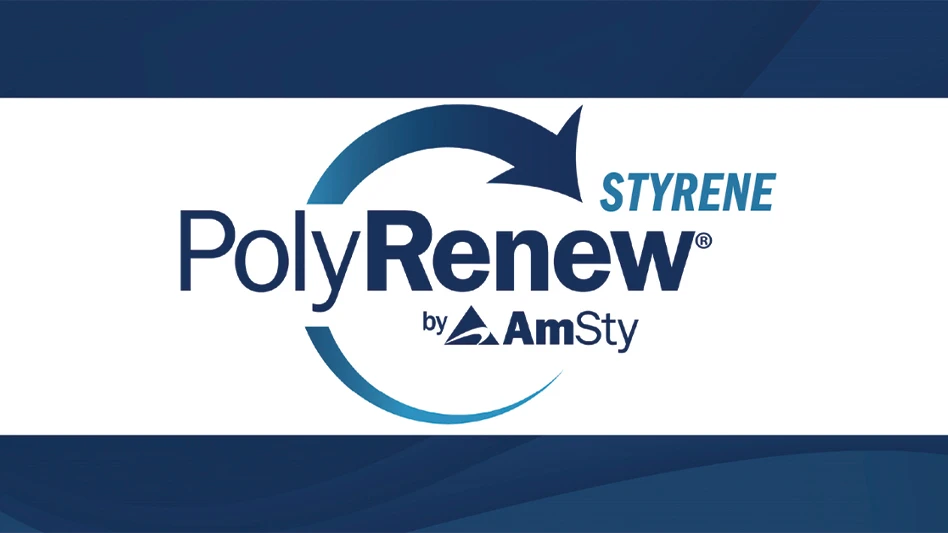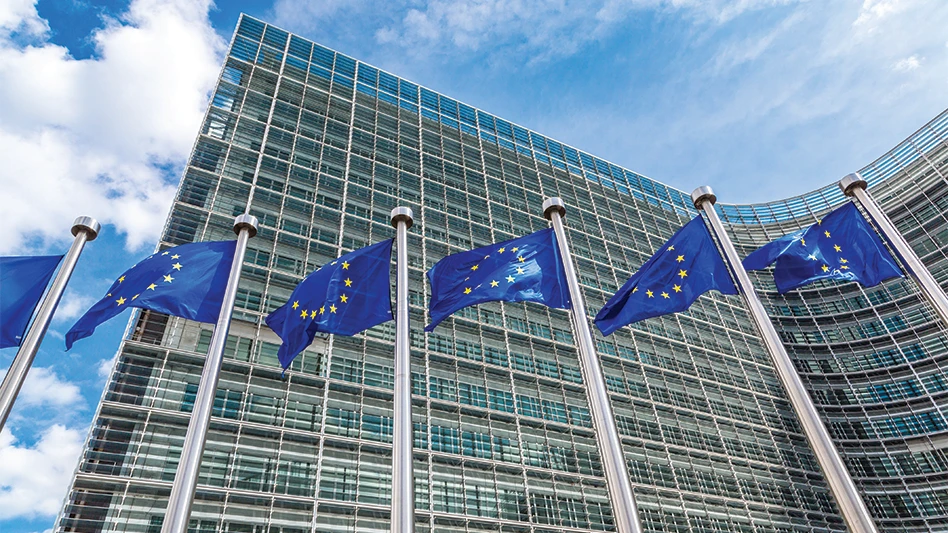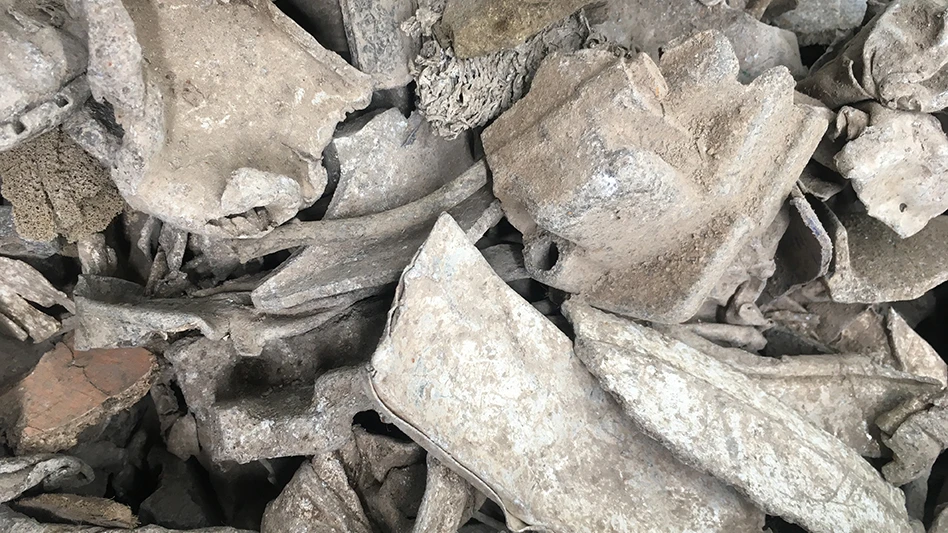
Recycling Today archives
Traders who comprise the Bureau of International Recycling (BIR) Non-Ferrous Metals Division increasingly run into hurdles in the way of their trade, nonetheless, the world’s metals producers just as increasingly rely on their scrap products.
“Over the last two or three years, more and more countries have begun to look at raw material security,” said Dhawal Shah of India-based Metco Ventures LLP, who also serves as Non-Ferrous Metals Division president of the Brussels-based BIR.
Shah spoke at the division’s most recent meeting in Amsterdam in late May in conjunction with the BIR 2023 World Recycling Convention. He also said sustainability and climate change were global issues and that solutions such as recycling “will have to be found collectively.”
The Indian trader pointed to drafted standards in that nation designed to specify domestic and imported aluminum and aluminum alloy scrap. The proposed impurity thresholds and sampling procedures have been met with severe skepticism by recyclers in India. While the industry was still in discussion with the Indian government and further tweaks to the draft are possible, Shah said he anticipates some form of the standards will be implemented later this year.
At the same meeting, Elinor Feuer of Sweden-based Chilanga AB voiced the same concern that policy interventions by governments were threatening free trade. She also praised the resilience of the recycling industry in facing up to such challenges, an observation backed up by statistics and overviews presented by two guest speakers.
Guest speaker Jean-Marc Moulin, head of sustainability at the Hydro Extrusions business unit of Norway-based Norsk Hydro, said recycling was at the core of European Union sustainability initiatives.
Moulin said specific environmental goals at his own company included the development of a recycling value chain from sourcing to products and customers and doubling its postconsumer aluminum scrap use by 2025.
The company has made or is making recycling-related investments in Norway, the United States, France, Germany, Hungary and other countries where it operates.
Guest speaker Meng Jianbin, director of economics and environment at the International Lead and Zinc Study Group and the International Nickel Study Group, provided an overview of the global lead and zinc industry and of scrap metal’s role in meeting demand needs.
He said in 2022 secondary refined lead production accounted for 92 percent of total refined lead production in the Americas and 83 percent in Europe. That compares with a figure of 55 percent for Asia, which Meng says points to “huge potential for growth.”
From 1961 to 2022, cumulative refined lead usage had reached 422.1 million metric tons, of which 47 percent of the feedstock was attributable to scrap materials, Meng said.
Secondary zinc production comprises a smaller share of that metal’s total production, “but a growth trend could be observed in recent years,” he said. In 2022, the share of secondary zinc metal production reached 12.5 percent of the global total compared with 6 percent in 2012.
Latest from Recycling Today
- AF&PA report shows decrease in packaging paper shipments
- GreenMantra names new CEO
- Agilyx says Styrenyx technology reduces carbon footprint in styrene production
- SABIC’s Trucircle PE used for greenhouse roofing
- Hydro to add wire rod casthouse in Norway
- Hindalco to invest in copper, aluminum business in India
- Recycled steel price crosses $500 per ton threshold
- Smithers report looks at PCR plastic’s near-term prospects
